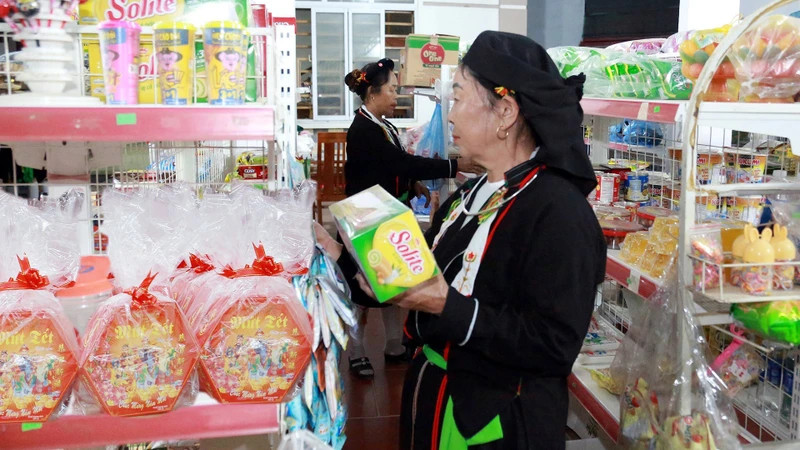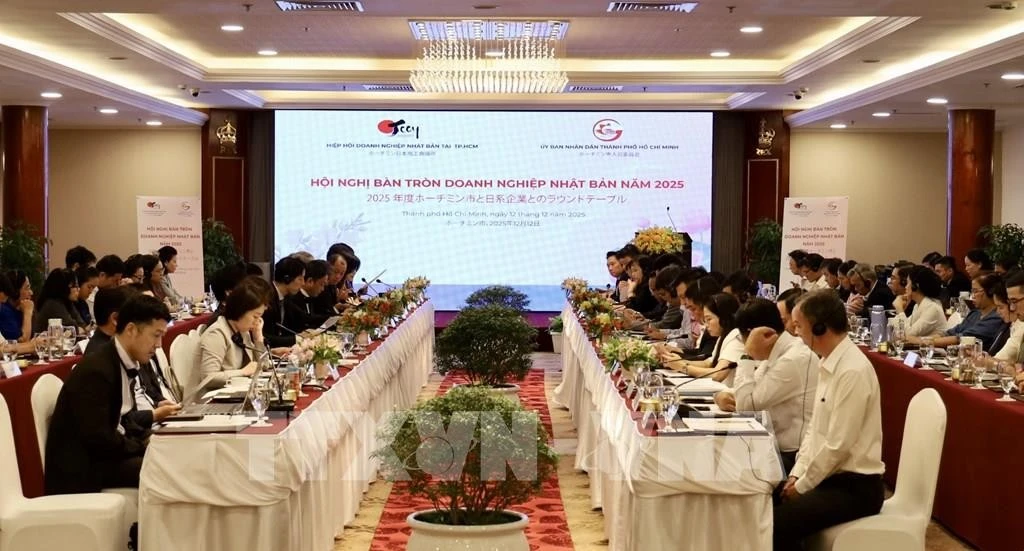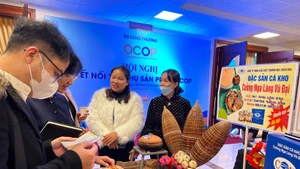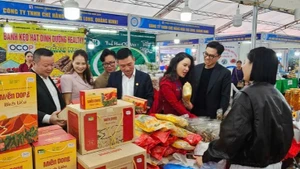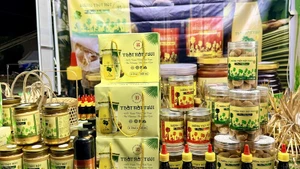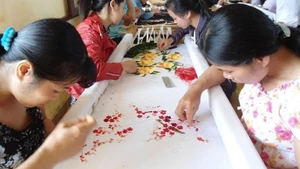According to the leader of the Hanoi Department of Industry and Trade, to meet the shopping needs of rural people, especially during holidays and Tet, the department presides over and coordinates with districts and towns annually to organise sales points to serve the people. The units have displayed domestically produced products with clear origins, including essential food, foodstuffs, price-stabilised goods, etc.
Along with ensuring supply, the city has arranged goods at 30 shopping centers, 131 supermarkets, 455 traditional markets, 2,000 convenience stores, 110 OCOP product introduction and sales points, and tens of thousands of grocery stores in the area to facilitate access and shopping for the capital's residents.
The Department of Industry and Trade also coordinated with units to organise many events, fairs, product introduction weeks, etc., to serve people's shopping needs in districts, towns, industrial parks, and export processing zones. To support businesses in bringing goods to rural areas, Hanoi has directed district authorities to create favourable conditions in terms of premises, ensuring security and order, and environmental sanitation at sales points.
In addition, the Department of Industry and Trade also coordinates with localities and industrial park management boards to create conditions for arranging and introducing locations for developing fixed retail networks. Through the programme, businesses and people in rural areas can interact directly, contributing to raising awareness of prioritising the use of Vietnamese goods.
Bui Van Tien (Phuc Tho district, Hanoi) said there aren’t many events organised in the suburbs, so the fairs and markets serving Tet are not only an opportunity for people to visit and shop for goods but also an opportunity for entertainment. “The goods at the fairs are diverse, although the prices of some items are a bit higher than in the market, we are assured of the origin and quality,” said Tien.
In the past, people in rural areas often buy processed products without expiration dates, origins, or manufacturer addresses, but now, consumers have gradually switched to choosing domestic products with clear brands and origins.
Nguyen Thi Nga (a worker in Dong Anh Industrial Park, Hanoi) said: “Due to the nature of working in shifts, there are no conditions for me to go far to shop, since the “Bringing Vietnamese goods to rural areas” programme, the workers here are very happy. Thanks to the programme, we can buy good quality Vietnamese goods that are affordable”.
Nguyen Danh Lan (owner of a vermicelli production facility in Duong Lieu, Hoai Duc District) said: “The programme is a very effective product promotion channel. Through direct contact with consumers, we understand the desires and consumption needs of people in rural areas, thereby selecting suitable products and goods to supply, which contributes to increasing revenue. In addition, meeting consumers directly also helps us introduce, advise, and sell new products effectively.”
According to the assessment of the Steering Committee of the “Vietnamese people prioritise using Vietnamese goods” Campaign, the most outstanding result of implementing the campaign through the “Bringing Vietnamese goods to rural areas” programme, creates two-way interaction between businesses and people in rural areas and also contributes to strongly changing consumer awareness.
Changing consumer behaviour towards prioritising the purchase of domestically produced goods creates a strong link between businesses and consumers. In the current difficult economic context, prioritising the use of Vietnamese goods contributes to supporting domestic businesses to expand the market, demonstrating the spirit of national pride and sense of responsibility of each Vietnamese citizen.
Despite achieving remarkable results, according to feedback, the number of Vietnamese goods shipments to rural areas is still small. In addition, most of the localities organising Vietnamese goods markets take place over a short time, without a fixed schedule.
At the same time, goods are not abundant or diverse in design, type, and quality, so they have not attracted many buyers. A phenomenon that is not uncommon in local markets is that agents sell poor quality products, of unknown origin, and even fake goods.
To improve the effectiveness of the “Bringing Vietnamese goods to rural areas” programme, investing in developing commercial infrastructure and expanding the distribution network to help people easily access high-quality Vietnamese goods at reasonable prices is a key factor. The State must have mechanisms and policies to support localities in expanding the scale of the programme.
Enterprises need to be aware of the purpose and meaning of the programme, thereby proactively bringing products to rural consumers, with diverse types, improved quality and attractive prices for consumers. After each “Bringing Vietnamese goods to rural areas” market session, enterprises need to maintain information connections, proactively develop a system of agents and fixed points of sale in rural areas to serve people's consumption needs, gradually capturing the rural market share.
In addition, authorities at all levels need to step up communication and mobilisation to raise the sense of responsibility of enterprises and craft villages in improving the quality and increasing the competitiveness of products, goods and services. Enterprises need to strictly implement commitments to protect consumer rights, attach responsibility to the products they make, gradually build, protect and develop brands for products and goods in the domestic, regional and world markets.
